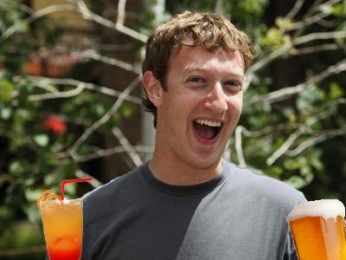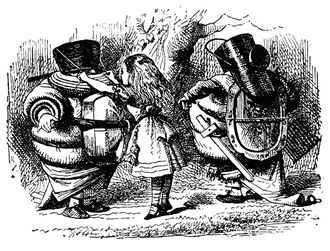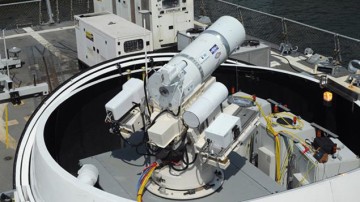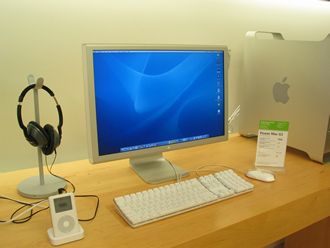 Canadian antitrust watchdogs are about to sink their teeth into the ample rump of the fruity cargo cult Apple.
Canadian antitrust watchdogs are about to sink their teeth into the ample rump of the fruity cargo cult Apple.
Canada’s Competition Bureau is investigating allegations that Apple Canadian unit used anti-competitive clauses in contracts with domestic wireless carriers.
The CCB has insisted that it has found no wrongdoing by Apple’s Canadian arm so far, and is not naming the person who laid a complaint. The Tame Apple Press is claiming that the watchdog has no evidence that Apple has contravened any rules and that it has not filed any application with the Competition Tribunal or any other court to seek remedies for any alleged anti-competitive conduct.
However, it is early days yet. The bureau sought a court order to compel Apple to turn over records relating to the ongoing investigation.
Canada’s antitrust watchdog has also been carrying out a similar probe into the country’s top grocer, Loblaw, ordering some of the chain’s major suppliers to hand over records relating to their dealings with the company.
“Should evidence indicate that the Competition Act has been contravened, the Commissioner will take appropriate action,” said Greg Scott, a spokesman for the bureau, in an email.
The bureau did not state whether it has also approached Canada’s largest telecom players for records related to its probe.
Apple has been doing badly out of anti-trust investigations. This year it lost a case where it ran a cartel with several book publishers with the aim of killing off Amazon.



















